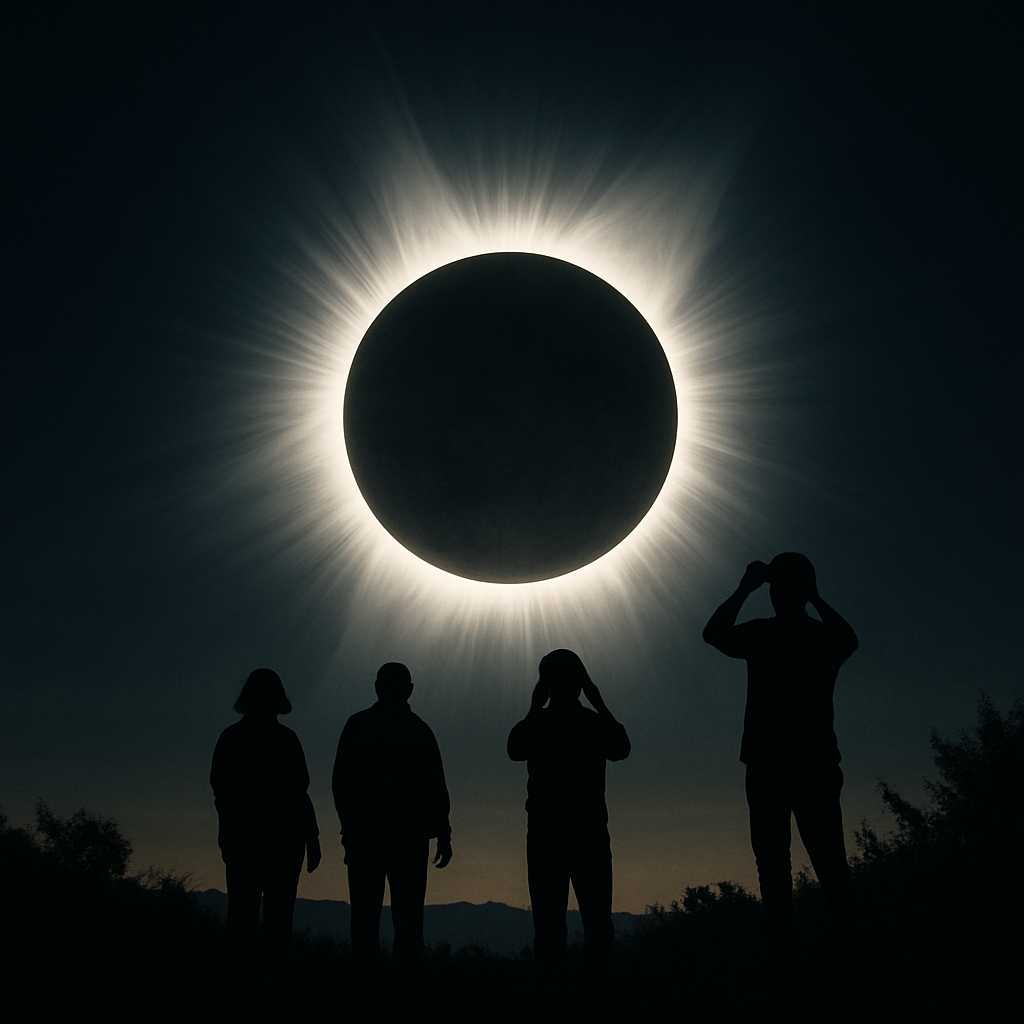Few astronomical events capture the public imagination as intensely as a solar eclipse. When the Moon’s shadow sweeps across the face of the Earth, day turns to night, temperature drops, and the Sun’s corona—a pearly aura usually hidden by the Sun’s glare—becomes visible. But what exactly is a solar eclipse, why do they occur, and how have they shaped our understanding of the cosmos?
What is a Solar Eclipse?
A solar eclipse transpires when the Moon passes directly between the Earth and the Sun, temporarily blocking all or part of the Sun’s light. There are three main types:
- Total Solar Eclipse: The Moon completely covers the Sun, as seen from a narrow track on Earth.
- Partial Solar Eclipse: Only part of the Sun is obscured.
- Annular Solar Eclipse: The Moon is farther away in its elliptical orbit and appears slightly smaller than the Sun, leaving a "ring of fire" visible around its shadow.
Eclipses can only happen during the new moon phase, and because the Moon’s orbit is tilted about 5 degrees relative to Earth’s orbit around the Sun, these events are relatively rare at any location.
Eclipses in History
Solar eclipses have been recorded for millennia. Ancient civilizations—from the Babylonians to the Chinese—viewed them with awe or even dread, often interpreting them as omens. Historical records indicate that predictions of solar eclipses were possible as early as the 7th century BCE in Babylon.
One of the most celebrated moments in the history of science occurred during the 1919 total solar eclipse, when Arthur Eddington’s expedition measured the apparent shift in stars’ positions near the Sun. This observation confirmed Einstein’s general theory of relativity, revealing the gravitational bending of light.
Scientific Importance Today
Eclipses remain vital for science. Totality offers a rare opportunity to study the solar corona, providing clues to solar wind, magnetic fields, and the mechanics behind solar storms. In the 21st century, coordinated observations during eclipses continue to fuel research into our Sun’s complex behavior.
Safely Enjoying an Eclipse
Observing a solar eclipse is a breathtaking experience, but it must be done safely. Never look directly at the Sun without appropriate eye protection, such as certified eclipse glasses. Pinhole projectors and solar filters for telescopes offer additional safe viewing methods.
Conclusion
Solar eclipses connect us to the historical tapestry of astronomy while continuing to advance modern science. Whether you are a professional astronomer or a casual skywatcher, witnessing the Sun’s disappearance remains one of nature’s greatest spectacles—and a reminder of the wonders still waiting to be explored in our universe.
— Darlene


Leave a Reply